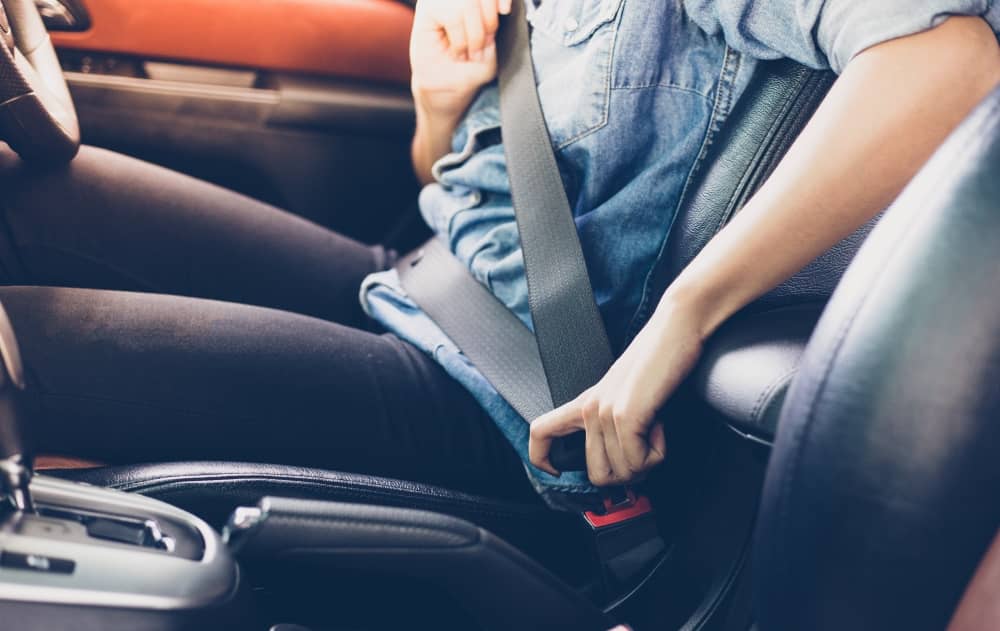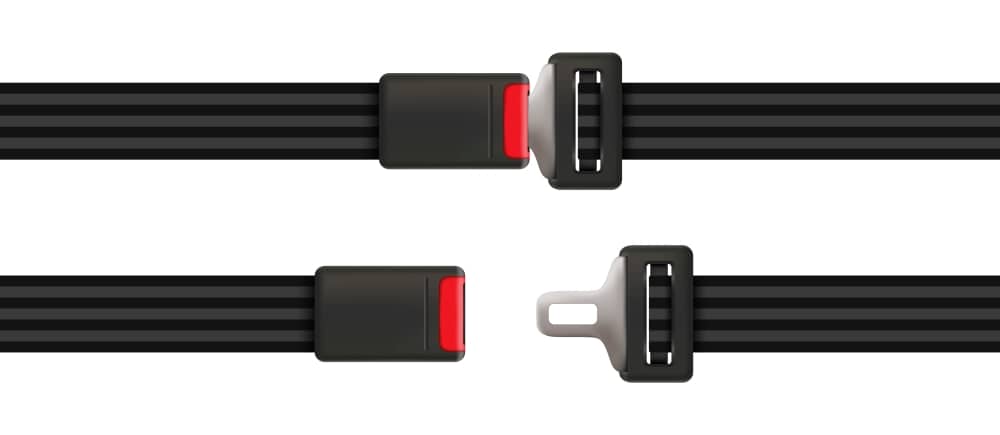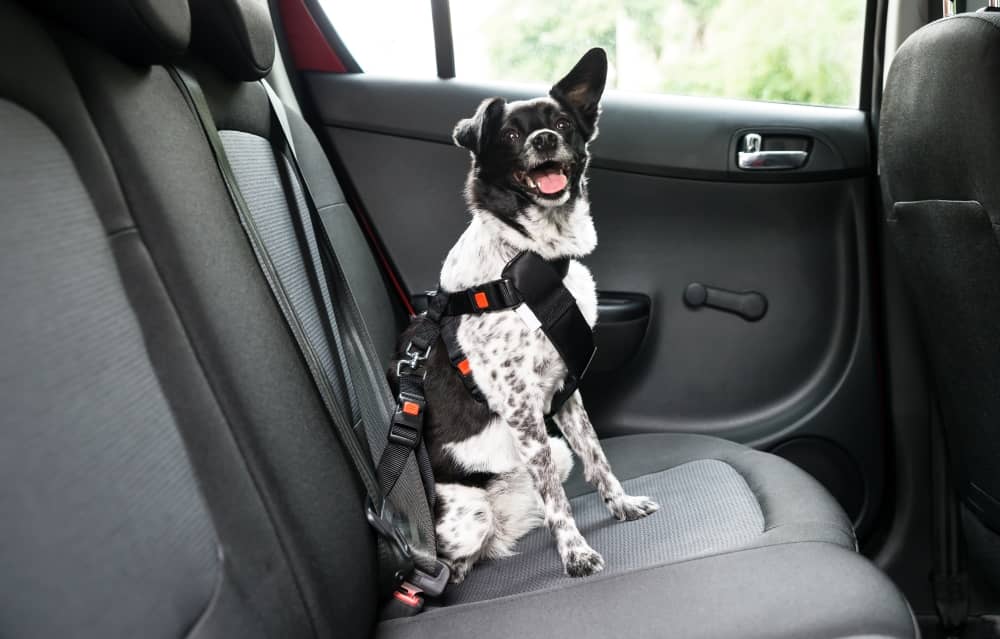Seatbelts have had an unusually large impact on safety for a simple invention. The classic three-point seatbelt, which comes down over the chest and buckles at the hip, is a proven life-saving addition to modern vehicles. But did you know that at least a quarter of people on the roads do not use a seatbelt? Despite research, laws, and hard statistics, there are a lot of misunderstandings when it comes to seatbelts.
Here’s what you need to know:
History of Seatbelt Legislation in Australia
For over 50 years, the government of Australia has mandated seatbelt use for citizens living in all states. Although seatbelts have not been around for as long as cars have, they are an important and vital invention that continues to save lives every single day.
Victoria, Australia was actually the home of the world’s first mandatory seatbelt law. In 1970, this law made it a law that every passenger in a motor vehicle always wore a seatbelt while riding in the vehicle. And the result was noticeable. Fatalities as a result of car accidents were down by almost 10 per cent in the first year after the law was passed alone.
In 1972, the rest of Australia followed Victoria and passed compulsory seatbelt laws. Shortly after, many other nations around the world followed the Australian example, including the United States, Canada, and the United Kingdom.
Do Seatbelts Work?: Research and Studies
But the real question is if wearing a seatbelt is worth it. Why do so many countries, including Australia, care if you wear one or not? The answer is based on cold, hard facts. Wearing a seatbelt will save your life, as proven by many studies and pages of statistics.
In 1977, a study published by G. W. Trinca and B. J. Dooley showed that seatbelt legislation was directly linked to fewer deaths and injuries from car crashes. Death and injury was reduced by at least a third in Victoria after 1970.
Two years later, a study followed up on the effect of seatbelts on fatality and injury rates from car crashes. By and large, the use of seatbelts helped decrease the number of deaths and serious injuries for drivers and passengers.
5 Ways a Seatbelt Can Save Your Life
- Spreads the force of impact to your pelvis and chest (stronger parts of the body).
- Reduces the risk of being thrown from a vehicle.
- Reduces the risk of being thrown through the windscreen.
- Prevents you from hitting the interior of your vehicle.
- Causes you to decelerate along with your vehicle.
Quick Stats
Wearing a seatbelt is more than a silly law with no logic to back it up. In fact, wearing a seatbelt makes you twice as likely to survive a car crash. In the state of Victoria, where seatbelts were first mandated, at least 97% of Australians report always wearing their seatbelt while operating or riding in a motor vehicle.
More facts that might surprise you about seatbelts:
- Drivers and passengers are around nine times more likely to be killed in a road crash if they are not wearing a seatbelt.
- The latest research shows 5% of Queenslanders drive on our public roads without wearing a seatbelt.
What Happens When You Don’t Wear a Seatbelt?
Making the decision to not wear a seatbelt is a personal choice, but it breaks the law and can cause great personal injury. The Transport Accident Commission of Victoria found that more than 130 vehicle occupants died alone in the last five years while not wearing a seatbelt. That means a quarter of all vehicle occupants decide to forgo seatbelts. The result is often injury or death in the case of an accident, as the statistics show.
Testing and Compliance
Seatbelts used in cars operated in Australia must comply with certain standards. Proper testing goes into pinpointing the safest positioning of seatbelts to improve your chances of survival during a crash.
Servicing Seatbelts
If you own a car long enough, you might not realize that you should get the seatbelts checked. Over time they may wear down or prove to be faulty in the case of a major accident. Head to a local auto shop to see if you need to replace your car’s old seatbelts or fix any part.
Seatbelt Laws
Every state in Australia requires vehicle occupants to wear a seatbelt. It is compulsory for drivers of motor vehicles, including trucks and buses.
Potential Penalties for Noncompliance
Like any law, there are consequences for failure to comply. Fines and demerit points on your license are both potential penalties for neglecting to wear a seatbelt. You can also receive a significant fine for failure to make sure every passenger is properly restrained.
Penalties vary from one area of Australia to another but typically involve a monetary fine and demerit points. Queensland drivers can be fined over $1078 and receive 4 points for driving without wearing a seatbelt. Plus, a driver can receive that same fine for each passenger of any age riding in a car without a seatbelt. Double points may be added for repeated infractions.
Your Responsibility as a Driver
As a driver, you have a responsibility to yourself, your passengers, and other people on the road to buckle up. Plus, all drivers need to ensure that their passengers are buckled up properly for the entire trip. This includes short trips!
And remember, this responsibility applies to any child travelling in the vehicle. Children 7 years and older need to wear a seatbelt the same way as an adult. For children under the age of 7, drivers should ensure they have a child seat that complies with Australian law.
Using Your Seatbelts Correctly
There is a right way and a wrong way to wear a seatbelt. Proper use of a seatbelt can make a difference in a major accident. According to the Queensland government, the belt needs to be over the shoulder and across the chest with the buckle low on the hip.
Any other positioning of the belt, including under the arm, will result in a fine for misuse. The seatbelt should be flat without folds or twists. It also needs to be firm without any slack to work properly in case of a crash to secure your body weight.
How to Comply with the Law
Compliance means cooperating within the established guidelines for a given law or rule. When it comes to seatbelts, there are very clear ideas about what it means to comply.
In some cases, you can receive an exemption. If you have an exemption, it means that you do not have to comply with the law in the same way as others.
Examples of exemptions in Australia include:
- You are required to get in and out of your vehicle frequently (i.e. as a door-to-door delivery person or waste collector) and the vehicle does not go past 25 km/h.
- You have a signed medical certificate.
- You are a taxi driver carrying one or more passengers.
- You are in a car not outfitted with belts that is over a certain age and not required to be fitted with seatbelts.
- You are providing or receiving urgent medical care.
However, exemptions are limited and not awarded for some common cases. For example, pregnant people must still wear a seatbelt. The lower part goes under the baby across the hips, with the upper part over the baby.



